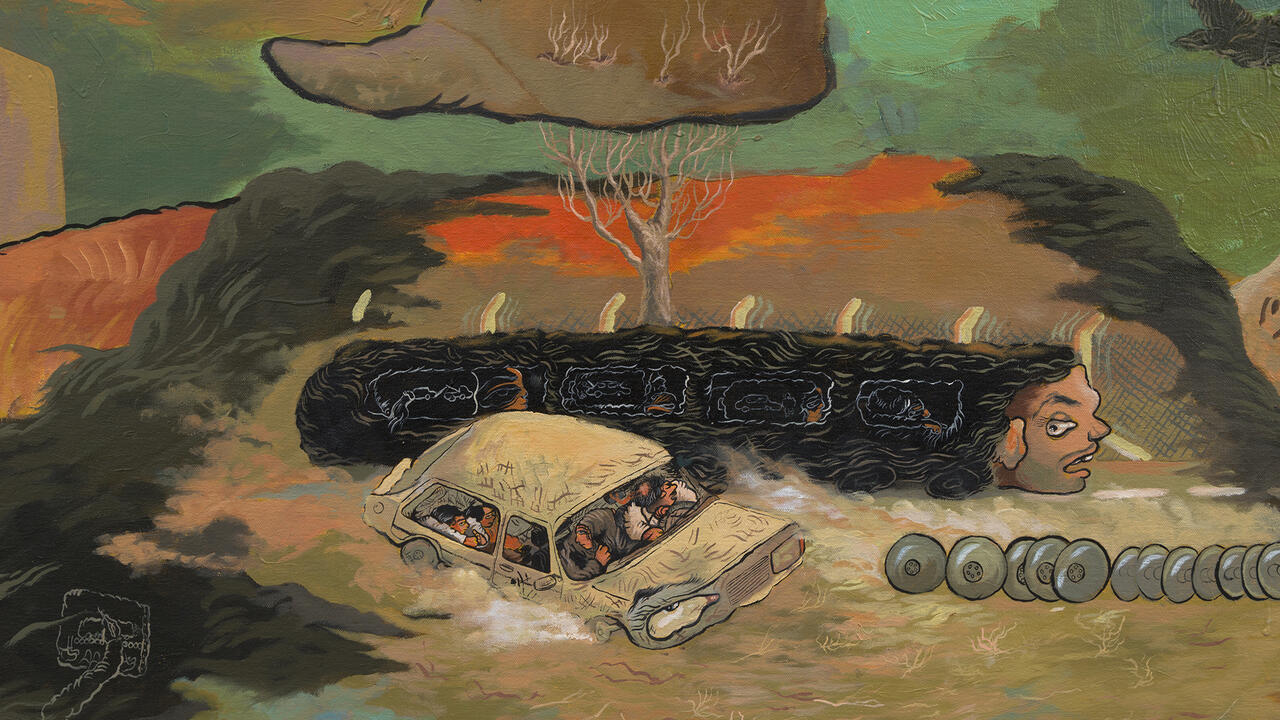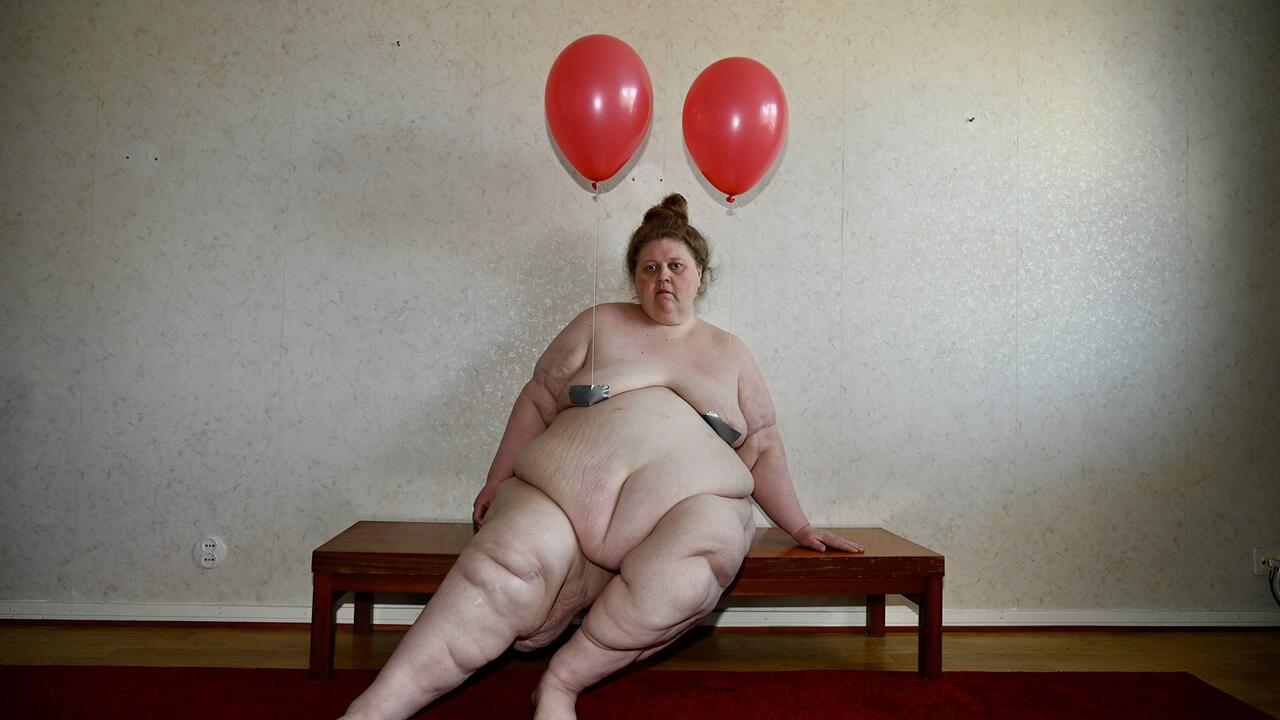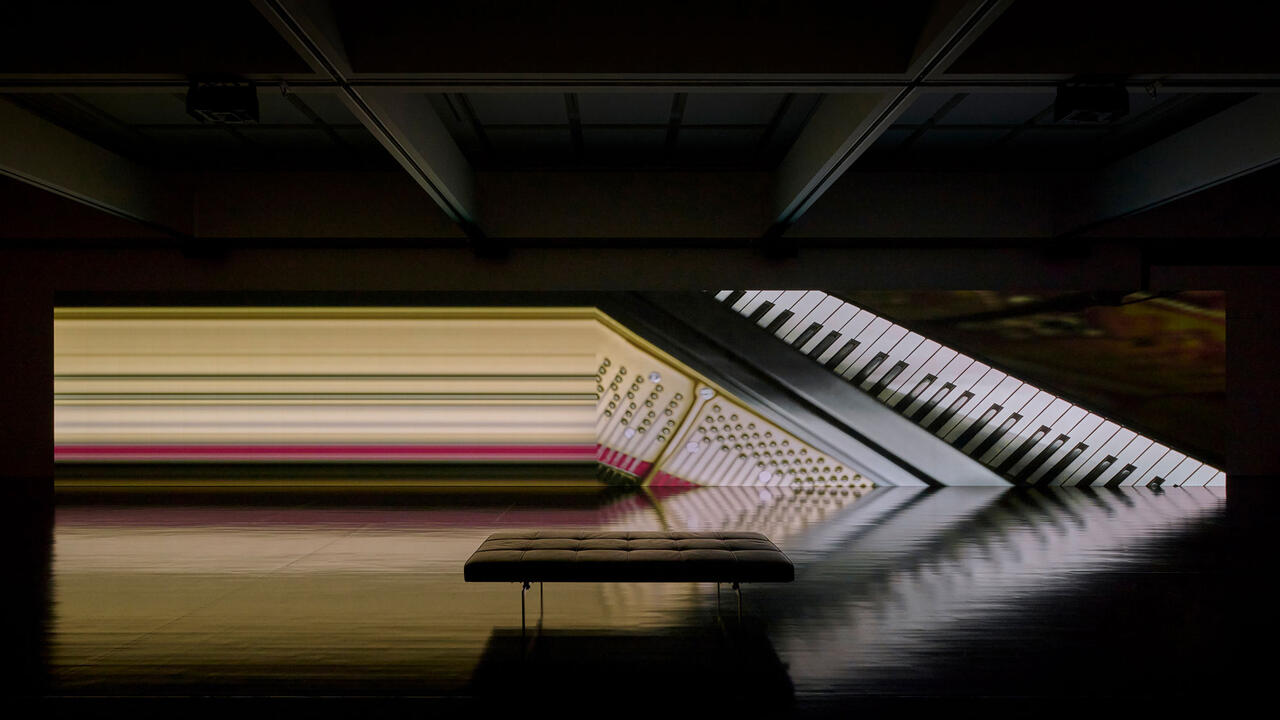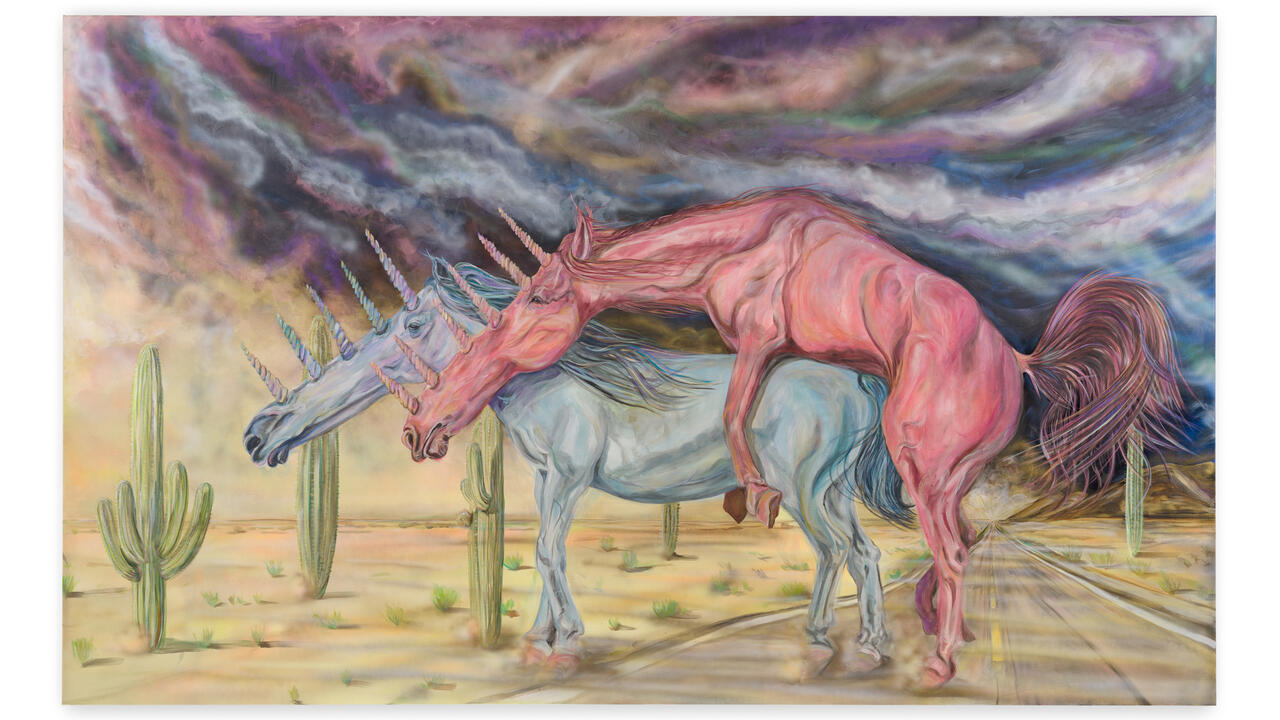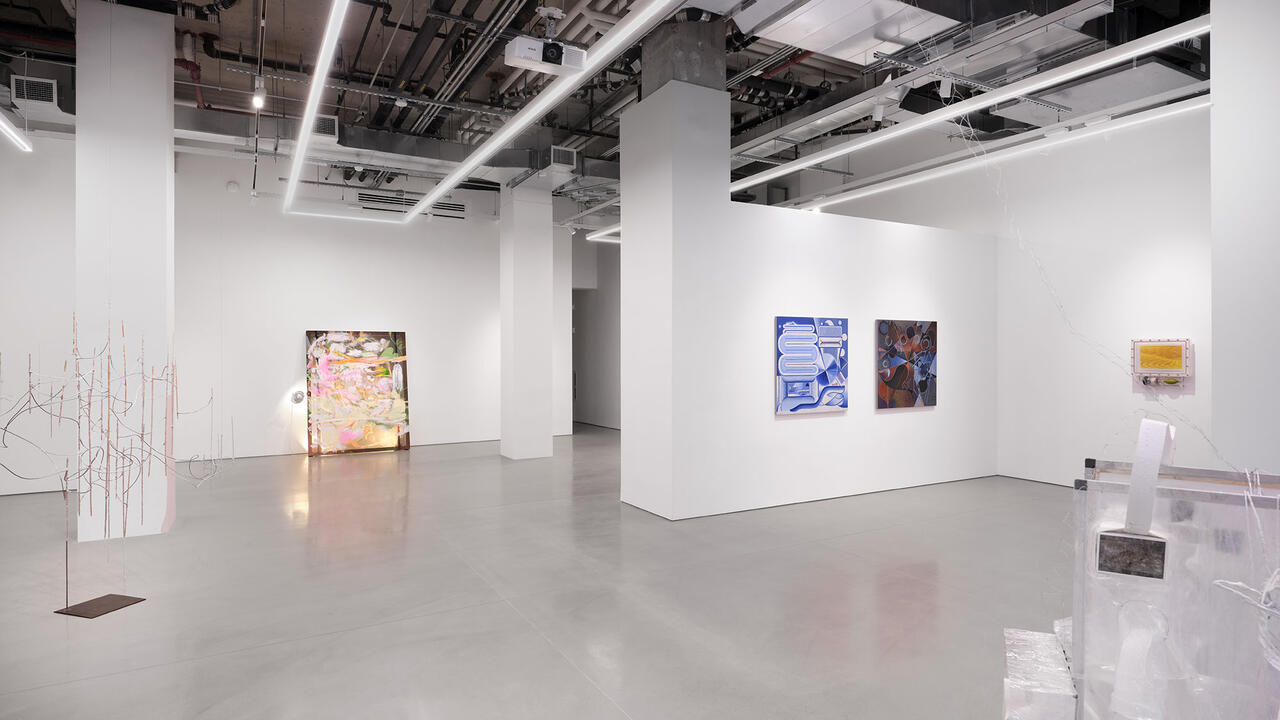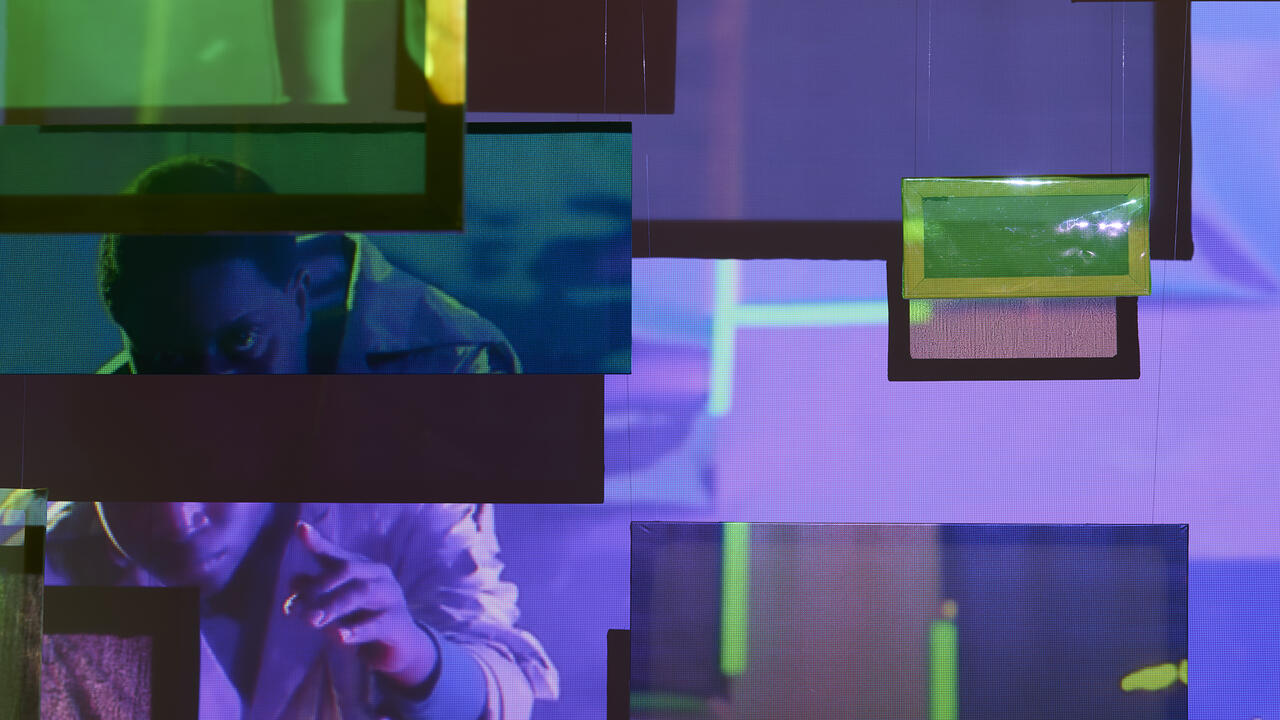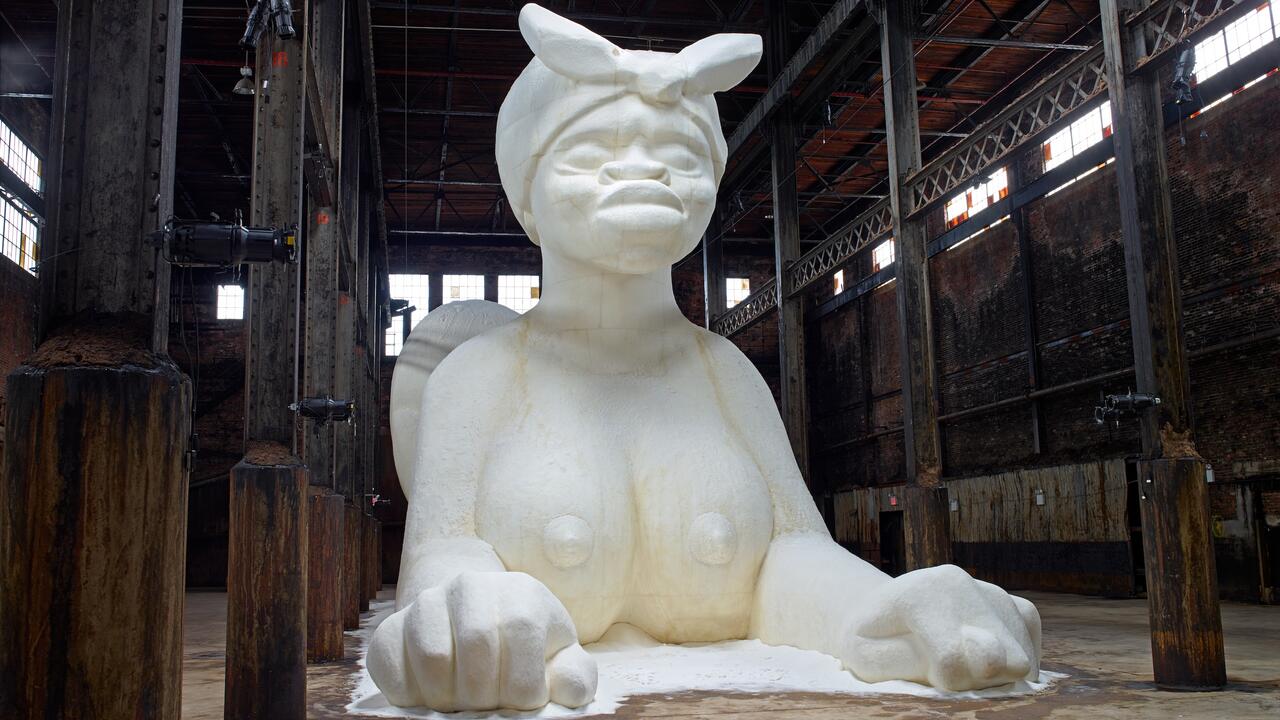What Does the New MoMA Mean for Contemporary Art?
New arrangements of artists from across the planet emphasize broad concepts over tidier organizing principles
New arrangements of artists from across the planet emphasize broad concepts over tidier organizing principles

The redesigned – and significantly enlarged – Museum of Modern Art in New York opens next week. The first reviews have been largely positive, and I like it, too. (Not everyone was impressed when Diller Scofidio + Renfro/Gensler plans were first unveiled; some seemed to have changed their minds.) The building itself, which cost the Modern US$450 million to renovate, is now friendlier, with more navigable hallways, ample seating areas, spacious galleries (including some which are free to the public) and a much-improved café on the top floor. After living for 15 years with architect Yoshio Taniguchi’s miserably cramped effort to gussy the museum with glass and steel while mostly scuttling the art, the Modern has returned with openness and style.
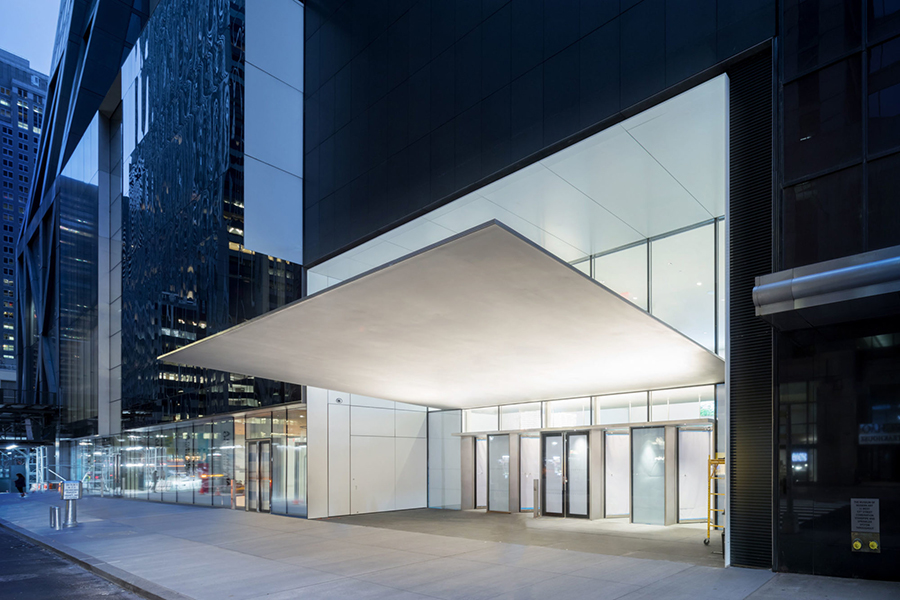
A new approach to curation has completely revamped the permanent collection. For years, the Modern committed itself to movement timelines, many of them honed over the decades in the art history departments of the US and Europe’s major universities, with passing recognition of regions outside New York, London and Paris. This began to significantly change a decade ago, when the Modern founded Contemporary and Modern Art Perspectives (C-MAP), an intra-museum thinktank whose purpose is to study art histories outside of North America and Western Europe, while drawing connections between these places (read: the majority of the planet) and the museum collection. The result was a number of exhibitions that helped the MoMA reset its priorities amidst a de-centring art world, of which it was no longer the leading institution in presenting (and challenging) prevailing narratives of modern and contemporary art. But C-MAP’s fruits – wonkier, if uneven, exhibitions like ‘Toward a Concrete Utopia: Architecture in Yugoslavia, 1948–1980’ (2018–19) and ‘Transmissions: Art in Eastern Europe and Latin America, 1960–1980’ (2015–16) – disclosed a museum with a shifting idea of itself. Maybe New York isn’t everything after all.
The new contemporary permanent collection tends to agree. But before New York recedes to the background, you begin on the second floor with three of the city's best photographers and filmmakers, Dara Birnbaum, Louise Lawler and Cindy Sherman. (There are five times more women artists in the museum since it closed in June; these numbers will fluctuate as the museum engages in an ambitious effort to completely overhaul the galleries every eighteen months.) Lawler’s 1988 photograph of Andy Warhol’s Gold Marilyn Monroe (1962) at a Christie’s auction hangs across from Sherman’s ‘Untitled Film Stills’ (1977–80); a small plaque by Lawler asks, ‘Does Andy Warhol make you cry?’ Warhol himself doesn’t make much of an appearance after the ’70s, despite working as a sort of court artist for years, but his aesthetic and conceptual strategies as photographer, painter, sculptor, filmmaker and publisher continue to be felt through the Museum’s own reassessment of contemporary art. There is much photography and film among the paintings and sculpture, like Gretchen Bender’s immersive installation Dumping Core (1984), now fully restored, as well as publications and mail art, much of it from South America. One particularly excellent room presents Argentine conceptual artist León Ferrari’s ‘heliographic’ drawings of impossible architectures alongside Belisário Franca and Eduardo Kac’s zines from Rio de Janeiro’s Art-Porn Movement of the early 1980s.

Now the contemporary wing presents new arrangements of artists from across the planet, emphasizing broad conceptual brackets over tidier organizing principles, like dates and place, though these old ideas occasional rear their heads when appropriate, as in a section devoted to downtown New York. One early room, ‘Hardware/Software’, presents the body as a ‘hybrid symbolic of a pervasive consumer culture’. ‘Transfigurations’, where Lorraine O’Grady looks across to Mrinalini Mukherjee, who stands beside Zofia Kulik and Geta Brătescu, presents the female form via folklore and myth-making under varied political regimes. ‘Inner and Outer Space’ plucks on the topic of borders through the work of Chéri Samba and Bodys Isek Kingelez, whose model United Nations sits under glass in the middle of the room like a melancholy totem to a collaborative world we have most certainly lost.

There are plenty of crowd-pleasing appearances of contemporary artists from North America and Western Europe, too. Isa Genzken’s 1999 masterpiece Spielautomat (Slot Machine), now restored and fully lit, hangs near Chris Ofili’s The Holy Virgin Mary (1996). Not far from either, Lynn Hershman Leeson’s mesmerizing confessional video, Electronic Diaries (1984–96), shows the artist recounting her fears, desires and traumas over the decades. More recent works by major American artists close a generally expansive view of contemporary art, though these choices are less thrilling when compared to the wing’s earlier reassessments, with its wide-ranging geographic and intellectual flirtations. Major works by Wu Tsang, Deanna Lawson, Laura Owens, Trisha Donnelly, Kara Walker and Jack Whitten – all well-established artists who have had significant exhibitions at US and UK museums in the past decade – affirm prevailing impressions of the contemporary art world as it stands now without seeming to question whether the museum’s responsibility might be, in part, to alter those impressions, as it does with the ’70s, ’80s, ’90s and even the aughts. Rather, it eschews the main issues that have roiled museums and artistic practices for the past five or so years, from financial transparency to forms of protest to the politics of appropriation. Upstairs, a more exciting view of the present appears in Pope.L’s ‘member’, one part of a trio of exhibitions shared with the Public Art Fund and the Whitney Museum, and Amy Sillman’s ‘Artist’s Choice’ curation of the collection, ‘The Shape of Shape’, a broad and playful look at abstraction and figuration that reasserts the importance of shape alongside colour and line.

By this point in any mostly-positive review of a contemporary art exhibition (or a new museum), you should expect me to introduce a turn in tone and move from pithy, knowing write-ups of objects and choices to some more melancholy identification of a central flaw in the museum’s logic. I could write, for example, that the slickness of the new building – its refusal to ever get in the way of the museumgoer – might be read as a capitulation to a corporate retail aesthetic, of which the MoMA sometimes knowingly cribs (see its Apple-esque introductory slogan in the lobby: ‘Hello. Again.’). But it’s not so bad. Or that, for all its de-centring of New York in art-historical terms, the museum architecture still loves the city that surrounds it, occasionally to the point of deference. On the fourth-floor performance space in the new tower, for example, where David Tudor’s ‘ecosystem’ of musical objects, Rainforest V (variation 1) (1973–2015) hangs from the ceiling, the vast window that views midtown Manhattan hoovers up much of the work's energy. When I entered, the Tudor installation seemed to obstruct the view. Perhaps that’s just me.
Does the Museum of Modern Art make you cry? Probably not, nor should it. (I’ll admit, however, that I teared up over a Christopher Williams photograph.) Instead, the new building reflects a Manhattan-style hard-edge realism, itself a Modernist impulse to constantly strive for newness, often in the name of simplicity and mass appeal. You will not find a fire-starting view of art in this new MoMA, where narratives and careers and financial investments might not only be ‘reimagined’, but sent back to the cold white hell from which they’ve so often come. Instead, you will find intelligent even-keeled curation which decentres some narratives and brings others forward, all the while asserting a relatively normative view of art. In this, the Museum shares much in common with its past forms. There is little discomfort, little recognition of the economic and social ruin plaguing the world outside the museum – at least by the institution itself. Few tears. This may be fitting (or perhaps inevitable) for a museum as large as the Modern, which moves slowly, deliberately, while many on the outside protest against raging inequality and coming extinction, write open letters challenging museum business-as-usual or tweet in frustration at the glacial pace of meaningful change, in art and elsewhere. A new Modern, with a new ethos around its collection, could never have fully changed. Real change is a game best played outdoors.
The Museum of Modern Art, New York, USA, reopens to the public on 21 October 2019.
Main image: Elevation of The Museum of Modern Art on Fifty-third Street with cutaway view below street level. Courtesy: © 2017 Diller Scofidio + Renfro









